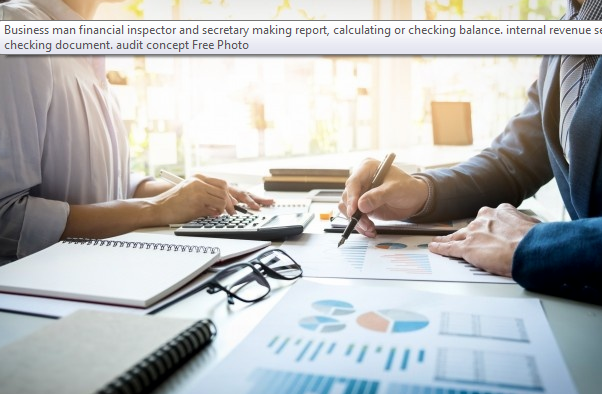It’s an important aspect of brand recognition but it’s surprising how often it gets neglected. We all respond to the tone of voice as it comes across in other people’s written and spoken content, yet most of us are not consciously aware of how we use it ourselves. How can we do better? How can you use this aspect of communication to make sure that your customers perceive your business in the way you want them to?
What’s right for you?
The first thing you will need to decide is what kind of voice fits your business best. To do this, you’ll need to think about the nature of the products or services you offer. If you’re selling legal services, for instance, you’ll want to sound educated and authoritative, so your language should be quite formal. However, you should ensure it isn’t too complex for the average person to follow. If you’re a plumber, you might prefer to sound friendly and approachable, using less formal language to make people feel at ease with letting you into their homes.
Who are you speaking to?
When establishing your tone of voice, you’ll also need to consider your target customer demographics. The rapid pace of language change today means that older and younger people use a lot of different words and sentence constructions and can genuinely struggle to understand each other. In most circumstances, you’ll be more respected if you use similar language to the people you’re trying to reach. A professional service like iguestblog can adapt with ease to these variations and observing how it’s done will help you to get it right when writing for yourself.
Forging the right connections
One of the great things about developing a distinctive tone of voice online is that it will help you to speak as a person, not just an anonymous agent of a blank-faced institution. You can even have a team voice, whereby you let your customers know that more than one of you is involved in activities like blogging or posting on social media, but you are recognized as sharing key character traits (even if, in reality, you’re very different). This helps to get across the idea that there’s a shared vision behind the business and it will help to build customer loyalty.
Consistency
Once you’ve established a voice for your business, it’s important to make sure that it remains consistent. If you’re making company videos, work on establishing a tone similar to the one in your written work and present any speakers in a way that complements that. The same should apply when you talk to the media and, if possible, when you answer the phone. Making people feel that they already know you, or at least know where they stand with you, builds trust and makes for much smoother customer relations.
Getting your tone of voice right requires diligence and careful observation, but once you’ve established it, you’ll find that you can slip in and out of it as required, as if it were a uniform. Like a uniform, it will give your business a distinctive character that your customers will respect.
Read Also:






















